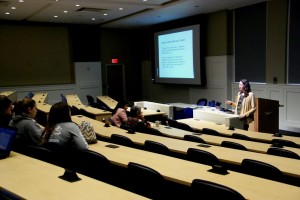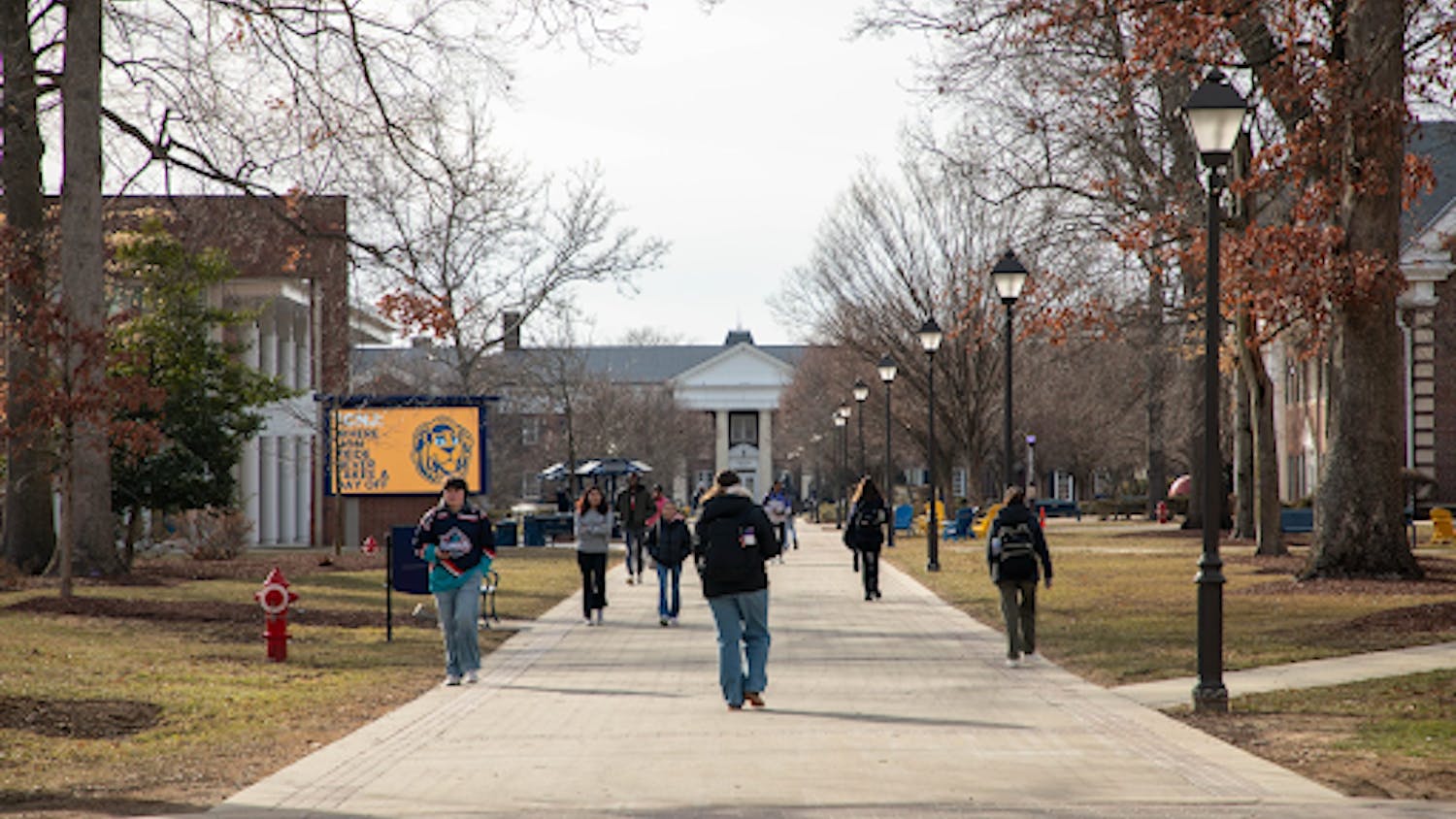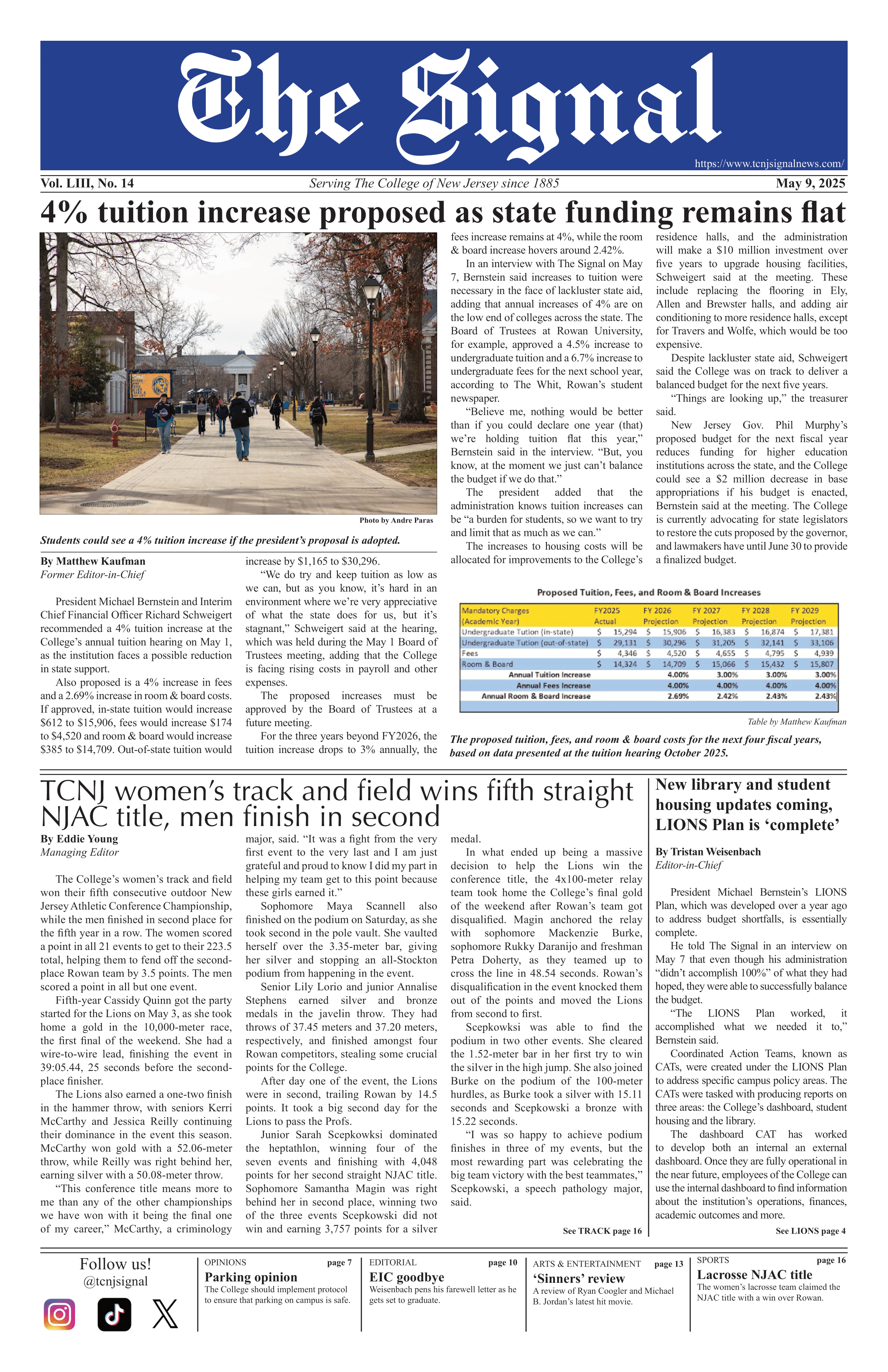On Thursday, Feb. 25, Alicia A. Broderick visited the College to discuss advocacy for autism, or the lack thereof, in her presentation, “The Autism Culture Wars: Hope, Fear and the Politics of Narrative.”

Broderick began her talk by displaying a blue puzzle piece on a PowerPoint slide and asked her audience if anyone knew what it represented. The audience responded by identifying it as the icon used by the organization Autism Speaks. Ultimately, this symbol would help tie in the metaphor with the presentation’s main focus.
Broderick explained there is a distinct division between what is considered the autistic community and those with autism. This separation derives, according to Broderick, from the multitude of definitions of what exactly autism is.
Autism by many is viewed as a disease, something to be cured. Autism is associated with cancer and diabetes. The commonality between these three suggests they are all detrimental, in need of expulsion from human life. Broderick went on to state that associating autism with a lens of biodiversity — the same lens through which cancer and diabetes are rightfully examined — would be unfair.
Broderick went on to suggest viewing autism through a neurodiversity lens instead. Returning to metaphor, she explained the lens in two ways: through fear and hope.
Viewing autism as a disease, like Autism Speaks advertises, creates a fear of autism “spreading,” including ominous outcomes such as “epidemics.” If autism is solely labeled as a disease, the only hope would be to find a cure or work toward prevention.
Broderick then described the hope and fear of autism being represented through an autistic, disabled-centric and progressive point of view. There were marginal differences. Through this viewpoint, the fear centers around discrimination, oppression and inequality, while the hope drives toward an acceptance of autistic children and adults, valued support, accommodations and non-discrimination.
With Broderick’s use of metaphor, she spoke out against false advocacy’s effect on autistic members of society, as well as others. Their voices have gone unheard through organizations such as Autism Speaks. Not a single autistic voice is represented in the organization, not a single opinion or vision is shared through an autistic point of view. Broderick left the audience with a resounding message: the acknowledgement of autistic individuals is necessary and the treatment of an autistic mind should be determined based off the discretion of the autistic individual, not of the community that surrounds that individual.
Broderick shared an alternative advocacy group for autism with faculty and students, The Autisitic Self Advocacy Network (ASAN). She also invited the College to join the national conversation on autism in order to deepen our collective understanding. In effect, to join the conversation is to promote an advocacy for autistic individuals, rather than solely focus on their disability. It is the hope that society can champion their unlimited abilities and not their restraints.






